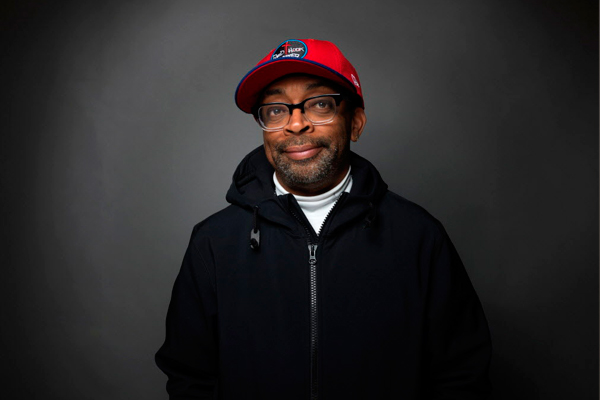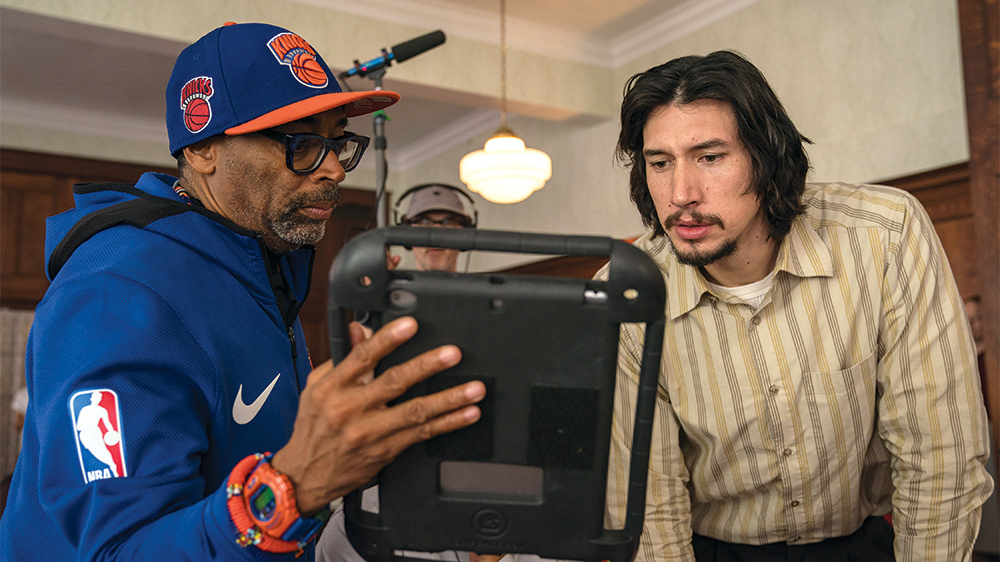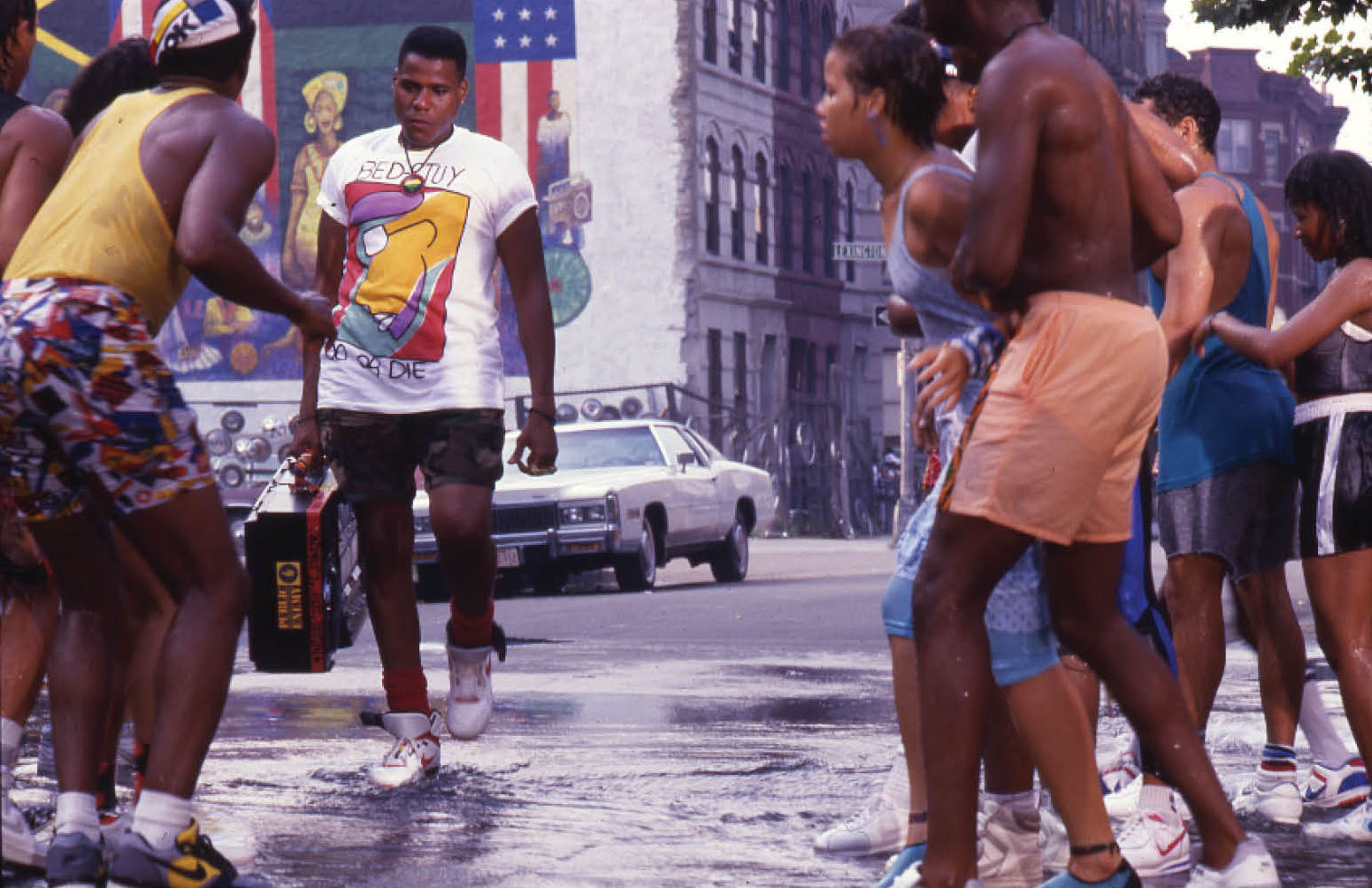Consider the many Spike Lees the world has come to know: the distinguished filmmaker, the fervent activist, the basketball aficionado.
Since the artist’s 1986 breakthrough film She’s Gotta Have It, Lee’s prolific output has gone nearly unrivaled by any filmmaker working during his time. Across four decades he has developed socio-political art that is at once urgent and popular, deftly straddling stories of race and politics both fictional and real. Oftentimes, one has come to imitate the other, recalling that old adage that truth is indeed stranger than fiction.
Spike Lee as an icon transcends the art space. In some parts of the world he is arguably as recognizable for his work on screen as he is for his courtside appearances at Knicks games, where he’s been wont to assail opposing players with a playful insult or two (or more if one Reggie Miller is the recipient). And yet for all his acclaim as an auteur—or as any of the designations mentioned above—there remains a role that Lee may cherish most:
Spike Lee the teacher.
In examining the filmmaker, to ignore his contributions to the next wave of artists would be to paint a partial picture, one that neglects his diligence as an educator inside and outside the classroom.
Professor Lee is the descendant of a family of teachers. His grandmother and mother were both educators, and Lee often cites their influence when describing his own reverence for the craft. After receiving his BA from Morehouse College in 1979, Lee returned home from Atlanta to begin graduate film studies at NYU Tisch School of the Arts. He received his MFA in 1982, and shortly after his success with the Oscar-nominated Do the Right Thing in 1989, Lee would teach his first course on filmmaking at Harvard. Two years later he joined the faculty at NYU Tisch, where he has served as artistic director of the Graduate Film Program since his appointment in 2002.


